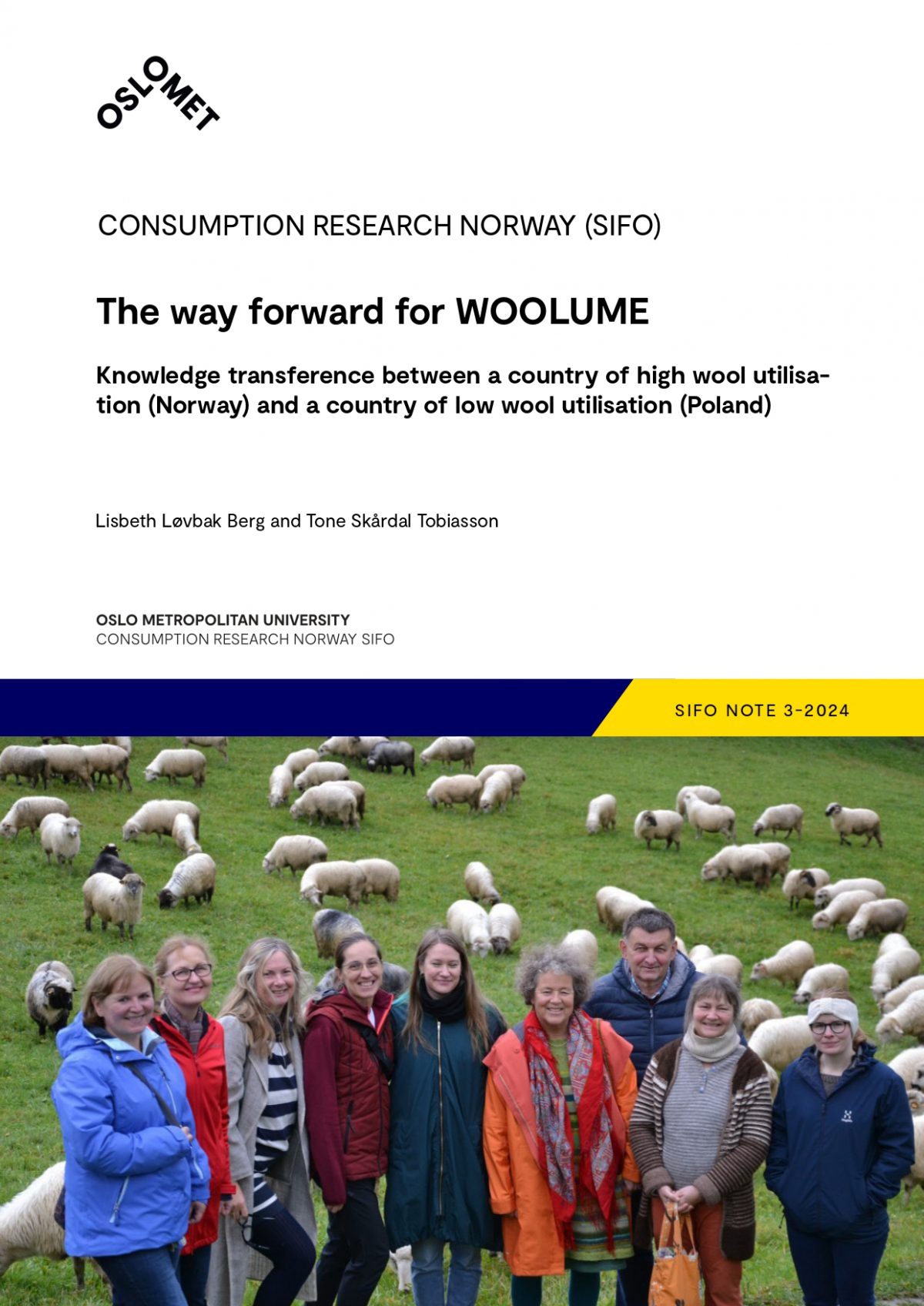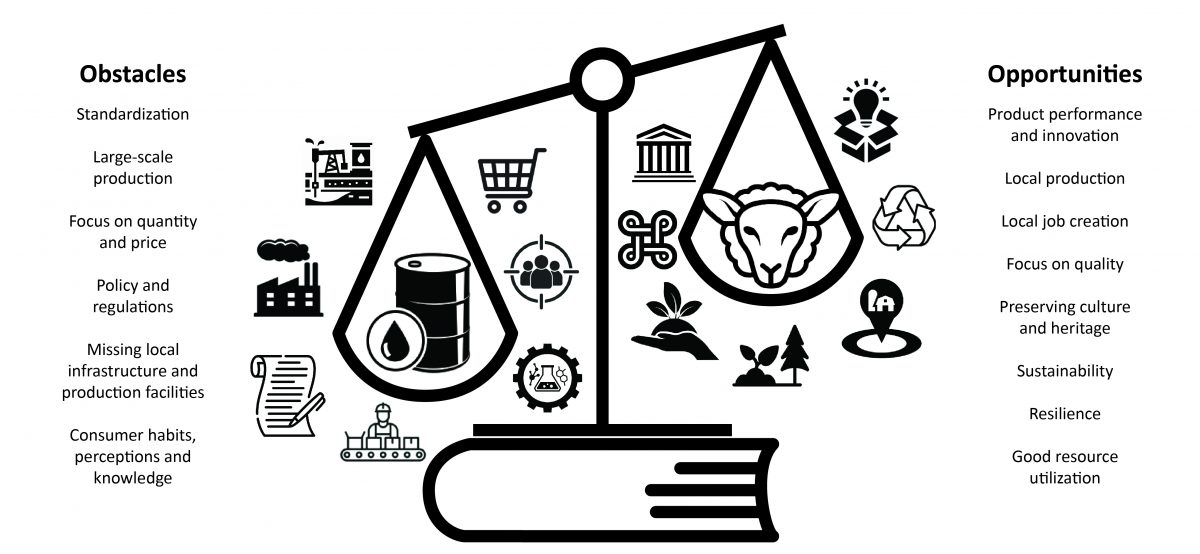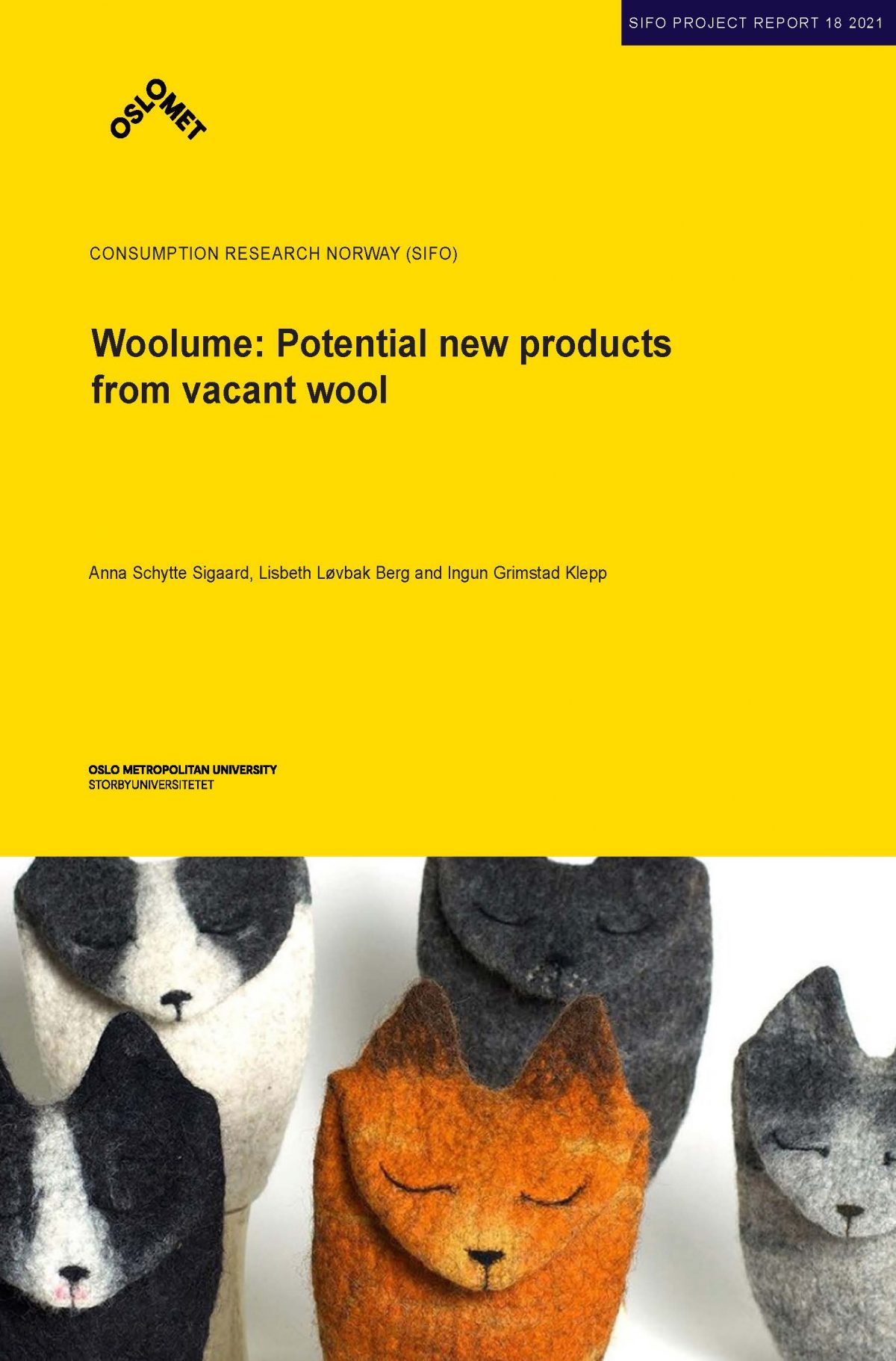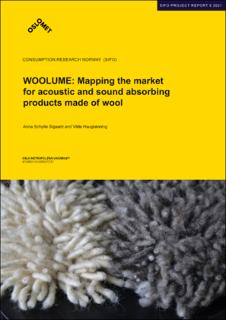S.G. Wiedemann, L. Biggs, B. Nebel, K. Bauch, K. Laitala, I.G. Klepp, P.G. Swan and K. Watson.
Abstract
Purpose
The textiles industry is a substantial contributor to environmental impacts through the production, processing, use, and end-of-life of garments. Wool is a high value, natural, and renewable fibre that is used to produce a wide range of garments, from active leisure wear to formal wear, and represents a small segment of the global fashion industry. Woollen garments are produced by long, global value chains extending from the production of ‘greasy’ wool on sheep farms, through processing to garment make-up, retail, consumer use, and end-of-life. To date, there have been limited life cycle assessment (LCA) studies on the environmental impacts of the full supply chain or use phase of garments, with the majority of wool LCA studies focusing on a segment of the supply chain. This study aimed to address this knowledge gap via a cradle-to-grave LCA of a woollen garment.
Methods
This study investigated greenhouse gas (GHG) emissions, fossil fuel energy, and water stress associated with the production, use, and end-of-life of a lightweight woollen sweater (300-g wool), together with inventory results for freshwater consumption and land occupation. Primary datasets were used for the wool production and wool processing stages, while primary datasets relating to consumer garment use were supplemented with literature data. Impacts were calculated and reported per garment wear event.
Results and discussion
Impacts per wear were 0.17 (± 0.02) kg CO2-e GHG, 0.88 (± 0.18) MJ fossil energy, and 0.96 (± 0.42) H2O-e water stress. Fossil fuel energy was dominated by wool processing, with substantial contributions of energy also arising from retail and garment care. Greenhouse gas emissions from wool production (farming) contributed the highest proportion of impacts, followed by lower contributions from processing and garment care. Contributions to water stress varied less across the supply chain, with major contributions arising from production, processing, and garment use.
Conclusions
Opportunities to improve the efficiency of production, processing, and garment care exist, which could also reduce resource use and impacts from wool. However, the number of garment wear events and length of garment lifetime was found to be the most influential factor in determining garment impacts. This indicated that consumers have the largest capacity to influence the sustainability of their woollen garments by maximising the active garment lifespan which will reduce overall impacts.
Click here to read the full article (springer.com).



